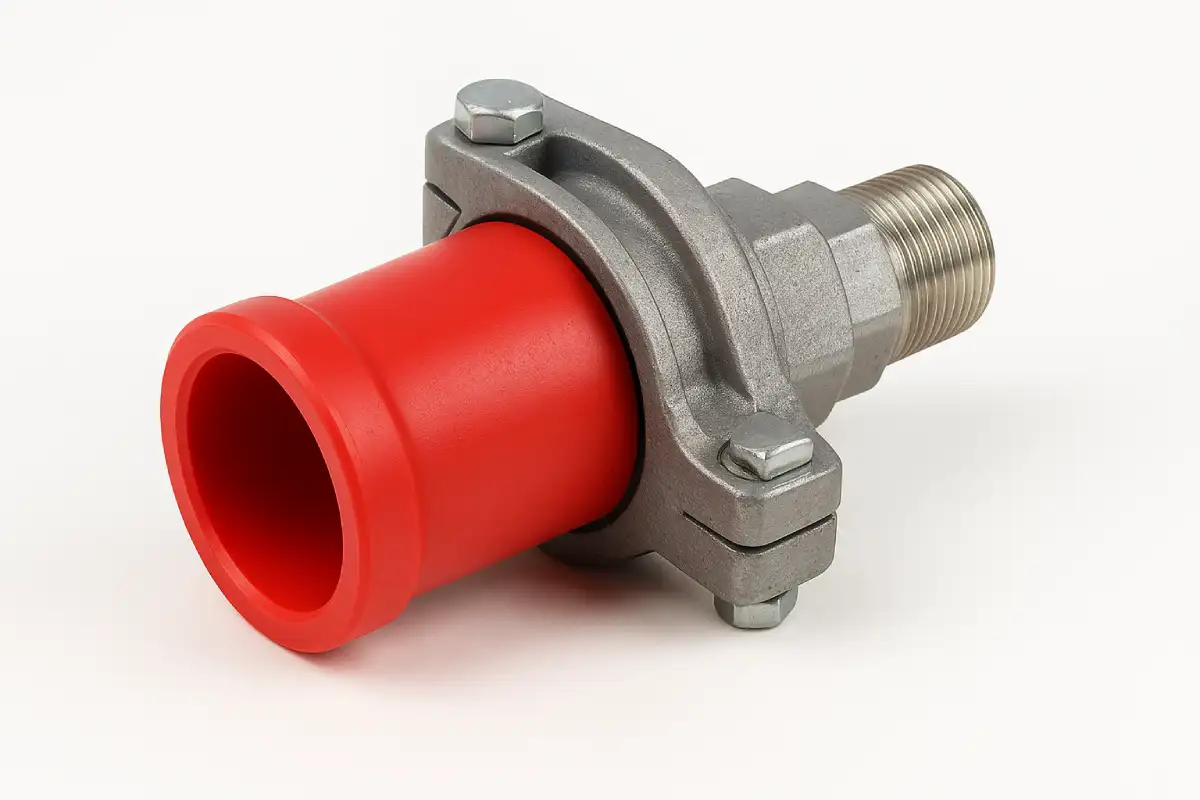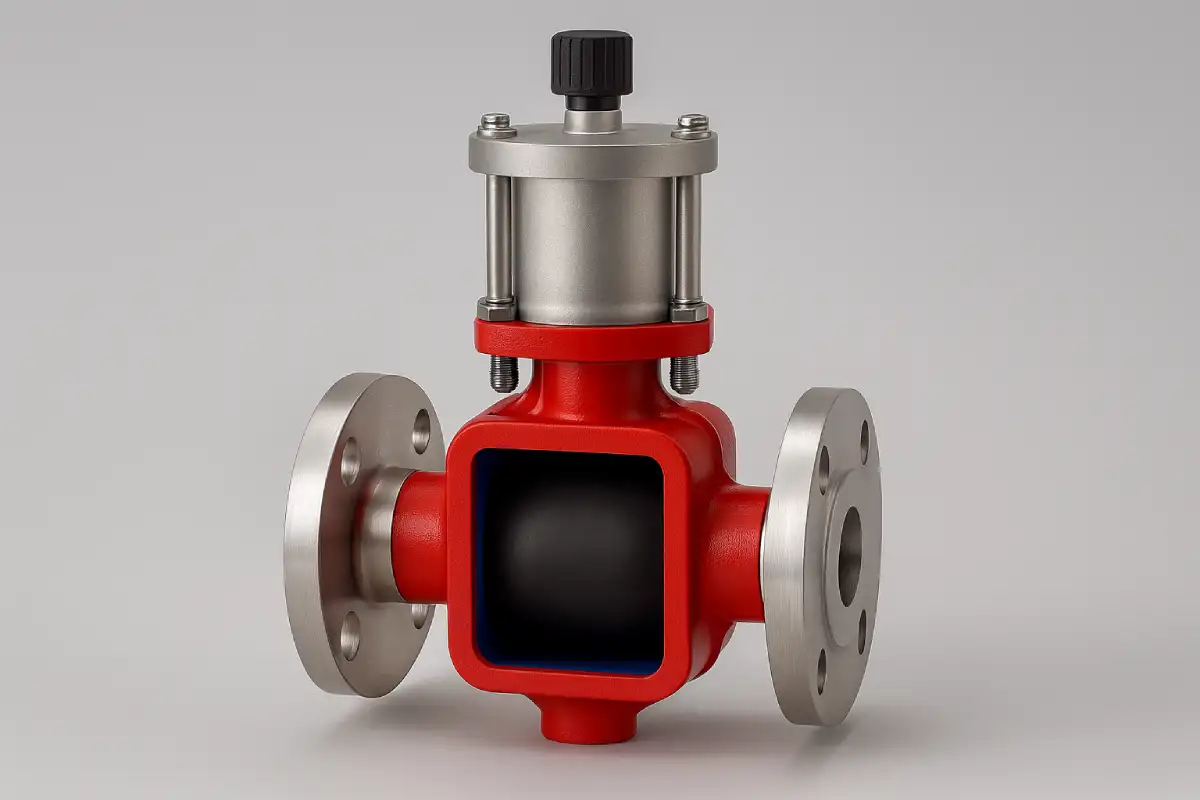

When it comes to protecting equipment and ensuring clean flow in your system, using the right strainer in pipeline applications is essential. Pipeline strainers are mechanical filters that remove solid particles from liquids or gases, helping reduce pressure drop, avoid equipment damage, and improve pipeline maintenance cycles.
In this guide, we’ll explain the different types of strainers, how they work, and how to choose the right one for your operation. Whether you’re in water treatment, chemical processing, or oil and gas, understanding strainers is a must.
A strainer in pipeline systems is a filtration device installed to catch debris such as rust, scale, and other solids. It prevents these particles from reaching sensitive equipment downstream, such as pumps or valves.
Key Takeaways:
Commonly used in filtration systems across industrial processes.
A pipeline strainer is a protective device that filters out debris.
It helps extend the life of industrial equipment and reduces maintenance.
Choosing the right strainer depends on your pipeline’s design, media type, flow rate, and pressure requirements. Below are the most commonly used industrial strainers.
The Y type strainer is compact and used when the pipeline operates under high pressure. It works well in horizontal or vertical installations.
A basket strainer has a larger filtration area than the Y-type, making it ideal for systems with heavy debris.
A T strainer is pretty similar to the Y strainer. It’s also termed the inline strainer. These two are differentiable by the vertical passageway in the T strainer which is larger than the one in Y strainers. These strainers are found in smaller sized pipes. They can handle pressures up to 6000psi and work well in 398°C operations.
Duplex or twin strainers have two baskets and a valve to switch flow between them.
Temporary strainers are low-cost solutions placed between flanges during system startup.
A self cleaning strainer is also apt for operations that need continuous flow. These strainers don’t need to be cleaned manually. They clean trapped impurities using a brush that lines the strainer’s inner body. The self cleaning strainer works at temperatures up to 260°C. These usually handle maximum pressure of 47psi.
Reliable filtration to protect valves and pipelines — Y, T, basket, and duplex types available.
Explore Strainers
Some applications require specialized industrial strainers, such as:
Getting your hands on a mesh strainer isn’t difficult if you know about places like LIANKE Valve. Founded in 1982, this company has always prioritized quality for their customer’s needs. And working with them will keep your operations and investments safe. At LIANKE Valve, customers won’t have to worry about the standards of the strainers or about the type.
Each industrial strainer is compliant with CE, API, ISO, EAC and TS standards. Additionally, getting yourself a strainer from LIANKE Valve is pretty simple as they control quality and production time through their raw material mill and producing mill.
There are 6 main differentiable kinds of industrial strainers. The Y strainer, Basket Strainer and Duplex strainer are used in most operations. Additionally, you’ll also find a T strainer, temporary strainer and self cleaning strainer.
Before purchasing industrial strainers, it’s imperative to figure out your operational needs. Each strainer has different pressure limits, flow rates and maintenance needs. Similarly, not every strainer collects the same sized particles/debris.
Types of Strainers Used in Oil and Gas Companies (commercialfiltrationsupply.com)
101 Guide on Different Types of Strainers in Pipeline | Dombor
Pros and Cons of Self-Cleaning Filtration Technology (fcxperformance.com)

A pinch valve adapter connects a pneumatic pinch valve or manual valve to pipes, tubes, or other parts of a system. With this connector, the valve can manage liquid or gas flow without leaks or strain. It also lets the valve fit in tight or unusual setups. This reduces operational risks and improves overall performance. […]

Yes, they are. Hygienic pinch valves are specially designed to keep things clean and safe, which is why they’re so common in food, pharmaceutical, and biotech environments. Their smooth interior and dead-zone-free design make cleaning quick and reliable. And if the term is new to you, don’t worry, this article will walk you through what […]

Choosing between a brass vs stainless steel valve becomes simpler once you know what your system needs. Brass valves are budget-friendly and work well in everyday plumbing. Stainless steel valves offer higher strength, longer life, and better corrosion resistance in harsh environments. This article outlines brass valve advantages and stainless steel valve benefits, and guides […]

Suppose you’re looking for an alternative to a pinch valve. In that case, the short answer is this: the most common alternatives include diaphragm valves, ball valves, and globe valves, each offering different benefits depending on your flow media, pressure, and process needs. This guide walks you through the best valve alternatives, explains how they […]